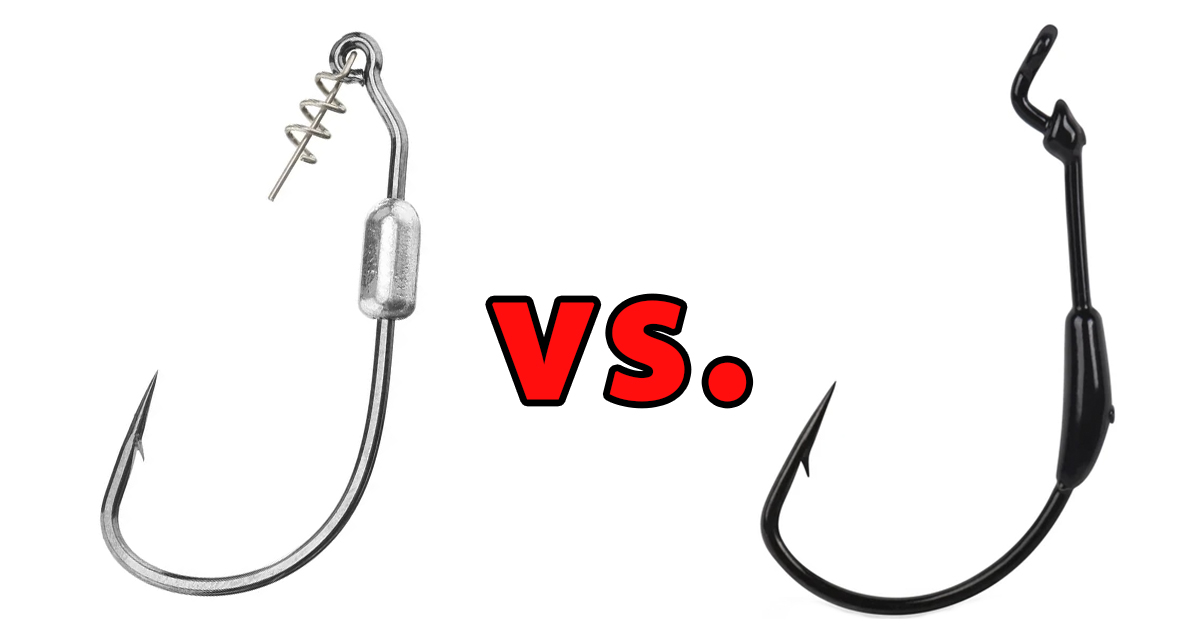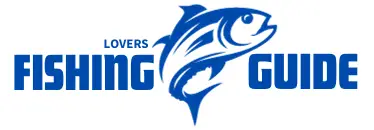The best hook for fishing largely depends on the type of fish you’re targeting. Circle hooks are ideal for catch and release due to their design that minimizes injury to the fish.
Selecting the perfect fishing hook is essential for both amateur and seasoned anglers. The right hook ensures ethical practices, improves catch rates, and matches the bait and fish species sought. With an array of sizes, shapes, and materials, hooks cater to different fishing scenarios and techniques.
Circle hooks, J-hooks, and treble hooks are common choices, each having distinct advantages for specific conditions. Understanding which hook to use can significantly affect the success of your fishing trip, making it crucial to consider factors like the fish species, bait type, and fishing environment. Hence, researching and selecting the appropriate hook is as critical as any other gear in your tackle box.

Introduction To Fishing Hooks
Fishing enthusiasts recognize that the type of hook used can significantly influence their success on the water. Ancestral origins of fishing hooks trace back to materials such as wood, bone, and stone, displaying the resourcefulness of ancient anglers. As technology progressed, metal hooks heralded a new era for fishing, delivering strength and durability. The complexity of modern hooks requires an understanding of their anatomy. Terms like “shank,” “eye,” “bend,” and “point” detail the hook’s structure, each contributing to its effectiveness for specific fishing situations. With myriad hook shapes, sizes, and materials available, selecting the right hook is a crucial aspect of fishing that must align with the target species, bait type, and fishing technique.
| Term | Definition |
|---|---|
| Shank | The straight section connecting the eye to the bend |
| Eye | The loop at the end of the hook for attaching line or leader |
| Bend | The curved region leading to the point |
| Point | The sharp end piercing the fish’s mouth |
Choosing a hook not only relies on size and shape but also on the environment and target species. The perfect match maximizes catch rates and ensures a humane practice. Knowledgeable fishers reflect on water conditions and feeding habits to select the most appropriate fishing hook, underscoring the importance of choice in the pursuit of angling.

Types Of Fishing Hooks And Their Uses
Single Hooks come mainly in two varieties: the J-hook and the Circle hook. J-hooks are traditional hooks for their sharp point and shank, suitable for various fishing techniques. Their shape resembles the letter ‘J’. Conversely, circle hooks are designed to hook fish in the corner of the mouth, minimizing injuries to the fish and are often used in catch-and-release fishing. Double Hooks consist of two hooks with a single shank and are primarily used in lures such as poppers. They offer a higher catch rate and are especially effective for large game fishing where a strong hold is essential. The Treble Hook features three bends and points in one hook. These are commonly found on lures and artificial baits and are ideal for catching fish that are aggressive and hit the bait hard. There are also specialized hooks like the Weedless hooks which are perfect for fishing in areas with heavy cover and vegetation as they avoid snagging. Similarly, Fly hooks are designed for fly fishing and can vary greatly in size and shape to match different fly patterns. Carp hooks have a specific design to cater to carp fishing, with a wider gap and a specialized shape to ensure secure hooking of the fish.
Factors To Consider When Choosing A Fishing Hook
Selecting the right fishing hook is crucial for a successful fishing trip. Different species of fish require specific hooks due to varied mouth sizes and feeding habits. For example, using a circle hook works better for fish like catfish, while a treble hook might be more suited for trout. The kind of bait you use also influences the hook compatibility. Live baits like worms call for hooks that allow them to move naturally, such as a light-wire hook. Artificial baits may require specialized hooks that complement the lure design for optimal performance. Considering the water type is also vital in selecting the hook material. Freshwater hooks may corrode quickly in saltwater environments, so choosing corrosion-resistant materials like stainless steel or coated options is essential.
| Fish Size | Recommended Hook Size |
|---|---|
| Small | #10-#14 |
| Medium | #6-#2 |
| Large | #1/0-#8/0 |
Determining whether to use barbed or barbless hooks often relates to conservation practices and personal preference. Barbless hooks cause less damage and are easier to remove, promoting catch-and-release fishing. Meanwhile, barbed hooks hold the fish more securely, reducing the chances of a fish escaping.
Best Practices And Tips For Hook Selection
Selecting the right hook for your fishing technique is crucial for successful angling. Use a lighter hook for fly fishing, while heavier, sturdier hooks are needed for trolling or bottom fishing. Hook sharpness is paramount, as a dull hook can make it difficult to set properly and result in losing fish. Regularly check your hooks for sharpness and address any imperfections immediately. Maintaining your hooks ensures they last longer and stay effective on the water. After use, clean and dry your hooks to prevent rust and corrosion. Storing hooks in a dry, organized container will also prolong their usability. Stay informed on environmentally-friendly practices; opt for hooks that cause minimal harm to fish and consider catch-and-release methods to maintain fish populations.
Conclusion: Making An Informed Hook Choice
Deciding on the ideal fishing hook can be challenging due to the vast array of options available. Personal preferences often influence the choice, although scientific evidence suggests certain hook types optimize catch rates and fish health. Key takeaways include recognizing the importance of hook size, shape, material, and barb configuration for various fishing scenarios. Fishermen should weigh the pros and cons of different hooks, considering factors such as the target species, bait used, and fishing techniques. Responsible fishing means choosing hooks that not only boost success rate but also promote sustainable practices. Thus, choosing the right hook is a balance between personal experience and consideration of the impact on aquatic ecosystems. Future generations rely on today’s anglers to make choices that ensure the longevity of fish populations. Selecting the proper hook is a critical aspect of this, encouraging a mindful approach to angling that prioritizes conservation alongside the thrill of the catch.
Frequently Asked Questions On Which Hook Is Best For Fishing
What Is The Most Effective Hook For Fishing?
The most effective fishing hook varies by target species but generally, sharp, appropriately sized hooks tailored for the specific fish and bait used yield the best results.
What Is The Best Type Of Fishing Hooks?
The best type of fishing hooks depends on the fish species, with options like circle, J-hooks, and treble hooks commonly preferred for their respective target catches.
How Do I Know What Hook To Use For Fishing?
To choose the right fishing hook, consider the fish species, bait size, and water conditions. Match the hook size to the bait for effective presentation. Opt for specific types such as J-hooks for live bait or treble hooks for lures.
Adjust your choice based on fish size and type.
What Is The Best Beginner Fishing Hook?
The ideal beginner fishing hook is a size 6 to 10 single barbless hook for its ease of use and versatility with various fish species.
Conclusion
Selecting the perfect fishing hook can elevate your angling game. Remember, the right hook depends on bait type, fish species, and water conditions. Mastery of hook selection will likely increase your catch rate. So next time you’re gearing up, choose wisely – your trophy fish awaits!

